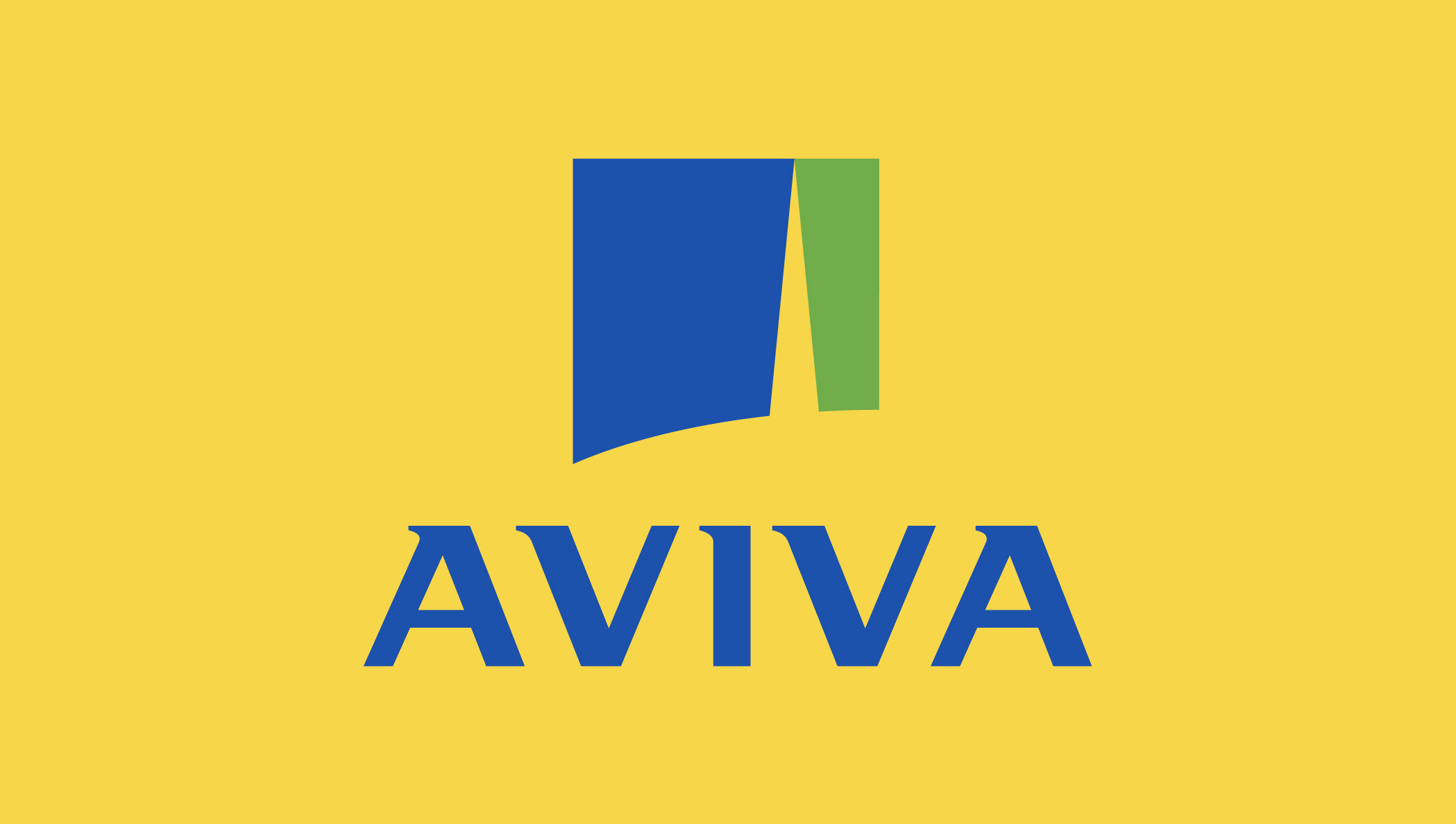Let me start with my own personal story. Like thousands of women I took time out of work to have my kids.
At no point did it cross my mind to ask this question: I wonder what impact this will have on the value of my future pension and my retirement plans? When so much change is going on in your immediate life, thoughts about the impact two new lives will have on your own distant future are not the first ones to come into your head.
I’m not alone in thinking this way. It’s just one reason why so many women reach retirement with far, far less money in their pension pots than men. It’s a serious and life-changing issue, and one that could get even worse in the years to come unless we raise awareness, educate, and act now.
Gap or chasm?
For 18 years Sottish Widows have been studying the differences between pension provisions for men and women. This has provided us with insights which we’ve used to lobby for significant changes in pension legislation.
However, our latest Women and Retirement Report continues to show some very worrying trends.
Women make up 72% of the part-time workforce. By their very nature, many of those jobs are in sectors which tend to have low pay levels. Like me, women also tend to have gaps in their working lives.
After starting a family, many only return to work part-time. For these reasons, on retirement women have on average £123,000 less in their pension pots. And because women live longer than men, they require an extra £85,000 more in retirement. So the gap isn’t just a gap but a chasm.
In percentage terms the amounts being saved by men and women have not fallen in recent years. Yet this isn’t at all a cause for celebration, because the average woman earns far less than the average man.
There is equally concerning evidence to suggest that the impact of the increase in the cost of living has led to people using their savings rather than reduce their pension contributions.
They are making economies in other areas, such as cancelling their Netflix accounts, and going out less often. But as the cost of living crisis continues it’s highly likely that we will see this change – and if we do see people cut their pension contributions, it will be women who are adversely impacted by this in the years to come, adding to an already difficult future for many.
Actions to take today for a better tomorrow
So what can employers – and their HR departments – do to help right now?
Clearly the first place to start is to take a detailed look at your own pension data. Many businesses are already reporting on their gender pay gaps, and there is no reason to believe that reporting on the pensions pay gap may not, in time, become a requirement.
But irrespective of that, knowing what you can do to help starts with understanding what’s going on, so that you can then make informed decisions to, for example, increase your lowest contribution band if you have a disproportionate number of female members of staff in this band.
Not every organisation will be able to do this right now as it will cost money at a difficult time, but only by understanding the scope and depth of the issues facing you will you be able to apply the most appropriate actions for your own business.
It’s also vitally important to know what your own individual options are. For example, if a woman leaves employment to start a family, it’s possible for her partner to top up her pension contributions on her behalf.
How many people know that is an option? Or even think to ask? Because there are so many other things you tend to think about when you’re having your first child. At that moment your pension is not most significant thing on your mind.
So giving women – and their partners – that kind of information just when they need it is absolutely vital. Being able to take informed decisions about the next steps they need to take starts with having the knowledge to make those choices.
This should not require huge investment on the part of HR to set up.
There are already many educational programmes and online information hubs giving pensions advice out there. Many of them are free to access – such as the Scottish Widows Your Future hub.
What is required from HR is the commitment to make this information accessible, and encourage women employees to access these sources and seek the help they need to make the best possible decisions for their own – and their families’ - futures.
Governments need to act, and legislation will in time, we hope, provide for changes in pensions provision, such as lowering the minimum age for automatic enrolment and minimum earnings to be eligible, which would instantly help to bring 1.8 million people into pensions savings, many of them women.
But meanwhile businesses themselves can play a huge and significant role by both analysing their own pensions gap and, where they can, acting now to make the necessary changes to both close that gap and provide the information women need to make the best decisions on their futures.
Alison Nicolson is head of client relationships, workplace savings and sponsor for inclusion and equality at Scottish Widows












